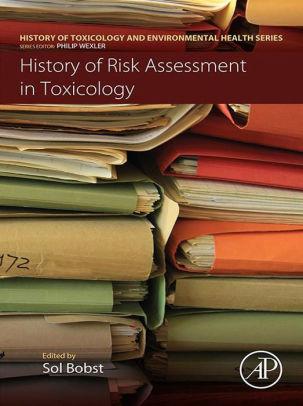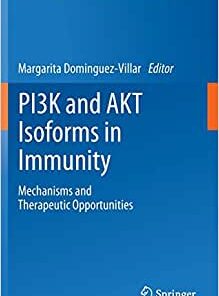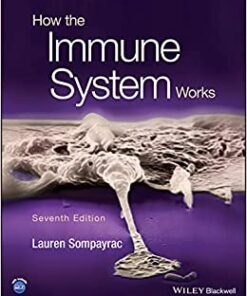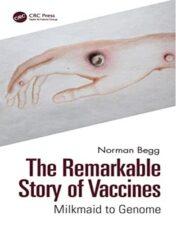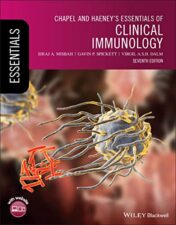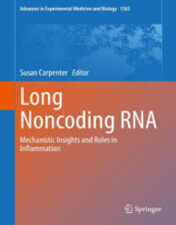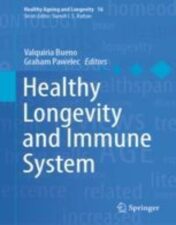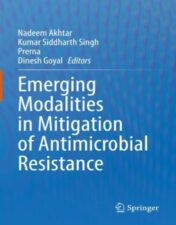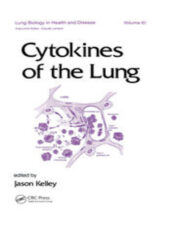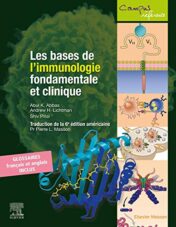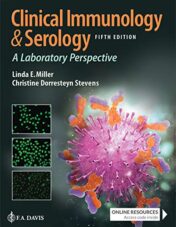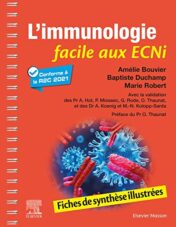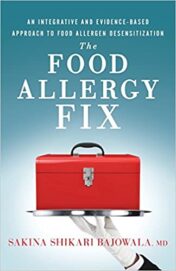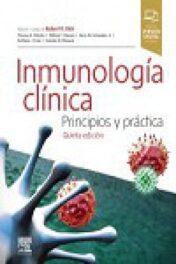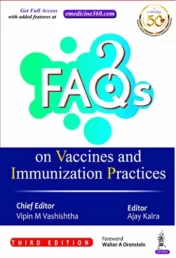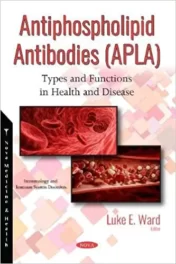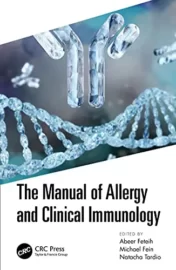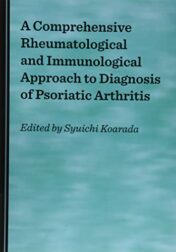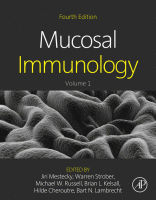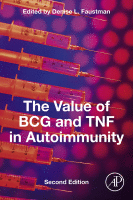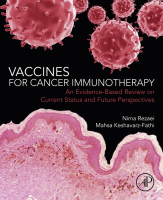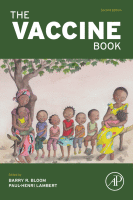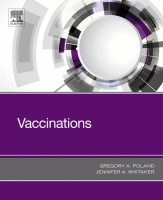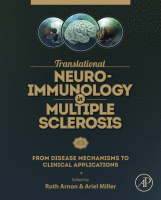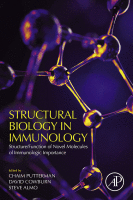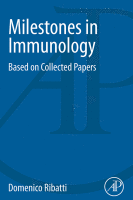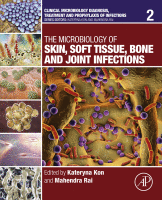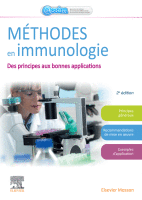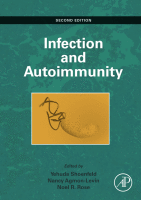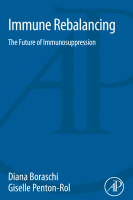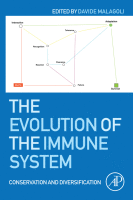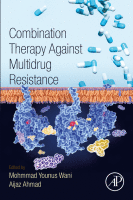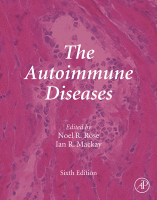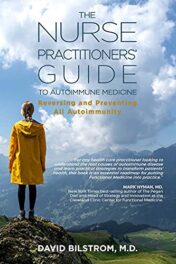- Series: History of Toxicology and Environmental Health
- Paperback: 50 pages
- Publisher: Academic Press; 1 edition (October 24, 2017)
- Language: English
- Format: PDF Original
- ==========================+======================
-
Note : We will send ebook download link after confirmation of payment via paypal success
Payment methods: Visa or master card (Paypal
History of Risk Assessment in Toxicology (History of Toxicology and Environmental Health) 1st
$10
by Sol Bobst (Editor)
- Presents the first dedicated history on the evolution of risk assessment in toxicology
- Reviews the development of major US and EU regulatory bodies
- Provides a context to current debates surrounding the future of risk assessment
- Reviews examples from early scientific and health studies to showcase the foundations of risk assessment
History of Risk Assessment in Toxicology (History of Toxicology and Environmental Health) 1st
by Sol Bobst (Editor)
History of Risk Assessment in Toxicology guides the reader through the historical narrative of the evolution of risk assessment thinking in human and environmental practices. Risk assessment concepts are used in many different professional practice areas. In the health and environmental practices of risk assessment, the critical issue is often what chemical concentration in air, water, food, or a solid substance is acceptable, or considered not to result in any adverse effect.
The book reviews examples from early scientific and health studies to showcase the foundations of risk assessment. The book also explores the development of risk assessment as practiced by major regulatory bodies such as the US Food and Drug Administration (FDA), the Occupational Safety & Health Administration (OSHA), and the US Environmental Protection Agency (EPA) to reveal how risk assessment has evolved in the 20th and 21st centuries.
Modern technology has created opportunities in silicon in vitro, computational modeling, omics, and big data techniques to assess the toxicity of chemicals, while traditional approaches to risk assessment are being challenged with new and innovative approaches. Finally, current issues being debated and tested in risk assessment are outlined with possible future avenues suggested.
Product details |
Related Products
Basic Sciences Books
Basic Sciences Books
How the Immune System Works, 7th Edition (Original PDF from Publisher)
Basic Sciences Books
Basic Sciences Books
Immunology Books
Immunology Books
Immunology Books
Immunology Books
Immunology Books
Immunology Books
Immunology Books
Immunology Books
Paul’s Fundamental Immunology, 8th edition 2022 EPub+Converted PDF
Immunology Books
Immunology Books
Photodynamic Therapy Methods and Protocols 2022 Original pdf
Immunology Books
Immunology Books
Cancer Immunoprevention Methods and Protocols 2022 Original pdf
Immunology Books
Immunology Books
Immunology Books
Immunology Books
Immunology Books
Immunology Books
Immunology Books
Immunology Books
Immunology Books
The Inflammasome Methods and Protocols 2022 Original pdf+videos
Immunology Books
T-Follicular Helper Cells Methods and Protocols 2022 Original pdf
Immunology Books
Immunology Books
Immunology Books
Introduction to Molecular Immunohematology 2020 Original PDF
Immunology Books
Immunology Books
Immunology Books
Immunology Books
Immunologia cellulare e molecolare, 9e 2018 EPUB3 + Converted PDF
Immunology Books
Immunology Books
Immunology Books
The Manual of Allergy and Immunology 1st Ed 2021 Original pdf
Immunology Books
Immunology Books
Immunology Books
Viral Pathogenesis From Basics to Systems Biology 2016 original pdf
Immunology Books
Immunology Books
Immunology Books
Immunology Books
Milestones in Immunology Based on Collected Papers 2018 original pdf
Immunology Books
Immunology Books
Immunology Books
Immune Rebalancing The Future of Immunosuppression 2016 original pdf
Immunology Books
The Complement FactsBook A volume in Factsbook 2018 original ppdf
Immunology Books
Combination Therapy Against Multidrug Resistance 202 original pdf
Immunology Books
Immunology Books
Immunology Books
Immunology Books
Immunology Books

